With our homecarThe inventory continues to grow, the automotive aftermarket continues to expand, and the production of automobilesBraking SystemThe number of manufacturers is also increasing.Brake discIt is an important safety component of automobile brake system, automobilebrakeThe quality of the disc directly affects the braking performance of the car, and it is also related to the safety of life. Therefore, it is necessary for car owners to get a good understanding of this component of the brake disc.
Disc brake discs are divided into solid discs (single discs) and duct discs (double discs). The solid disk is easier for us to understand. To put it bluntly, it is solid. The air duct plate, as the name implies, has a ventilation effect. From the outside, it has many holes on the circumference that lead to the center of the circle, called air ducts. When the car is running, the air flows through the air duct to achieve the purpose of heat dissipation, which is better than the solid heat dissipation effect. Most cars are front-drive, and the frequency of use of the front disc is relatively high, so the front air duct disc and the rear solid disc (single disc) are used. Of course, there are also air ducts before and after, but the manufacturing cost is not too bad.
The common air duct discs on the market are divided into optical discs (no scoring perforations on the disc surface), scoring discs, perforated discs and scoring perforated discs. There is no special structure on the surface of the disc. The scoring disc is mainly used to remove dust. Common perforated disks are just for cost saving and beautiful in appearance, except for molybdenum alloy perforated disks. The high-performance molybdenum alloy scoring perforated disk can not only remove dust in time and slow down thermal recession, but its appearance design is also based on the formula. This has to mention the casting standards.
No scoring perforation on the disk surface
Scribe plate
NAO ceramicsBrake padsIt is mainly composed of a mixture of inorganic fibers and several organic fibers, without asbestos and metal. Its characteristics are that it is asbestos-free and meets environmental protection requirements; friction materials are not rusty or corroded; low abrasion and dust. The friction coefficient is between 0.35-0.5, and the high temperature resistance is about 450°C.
carbon fiberBrake pads. It is a type of friction material made of carbon fiber reinforced materials. Carbon fiber has the characteristics of high modulus, good thermal conductivity, and heat resistance. Carbon fiber friction material is the best performance among various types of friction materials. The carbon fiber friction plate has high absorption power per unit area 4 and light specific gravity 5, which is particularly suitable for the production of aircraft brake pads. It is also used in the brake pads of some high-end cars abroad. The friction coefficient is between 0.5-1.0, and the high temperature resistance is as high as 600℃ and above.
The importance of brake discs is unquestionable, so a correct understanding of the types and functions of brake discs should be mastered by every car owner, because this small brake component is directly related to our lives and safety. Generally speaking, the brake disc should be replaced at 80,000-100,000 kilometers, or if the total wear depth of both sides of the brake disc reaches 3mm, it must be replaced. However, it also depends on the specific usage. For long-term congested roads, frequent braking or frequent sudden braking should be appropriate. Change early, or let them check the actual wear of the brake pads during maintenance.
annotation:
1. Steel fiber: The length-to-diameter ratio (the ratio of the fiber length to the diameter of the fiber is made by the method of cutting thin steel wire, cold-rolled strip steel shearing, steel ingot milling or rapid condensation of molten steel). When the fiber section is non-circular, the conversion is equivalent The diameter of the cross-section circle area) is 30-100 fibers.
2. Reduced iron powder: generally produced by reduction of ferroferric oxide in a hydrogen stream or carbon monoxide stream under high heat conditions, and the main component is elemental iron with a loose structure. Because the reduced iron powder itself is already in powder form, and its microstructure is very loose, its surface area is extremely large.
3. Foamed iron powder: Foamed iron powder (Spongy iron powder) The iron powder is added with a blowing agent in a high-temperature furnace to make the iron powder become a loose and porous object. Foamed iron powder is used in friction materials to adjust the friction performance: it makes the coefficient of friction stable, and its specific gravity is lighter than that of reduced iron powder. Its porous structure is beneficial to reduce the braking noise of semi-metallic friction material products in use.
4. Power per unit area: the friction work produced per unit area in unit time during the engagement and braking process of the friction block.
5. Specific gravity: also called relative density, the specific gravity of solid and liquid is the ratio of the density of the substance (completely compacted state) to the density of pure H2O (999.972 kg/m3) at standard atmospheric pressure at 3.98°C. The specific gravity is a dimensionless quantity, that is, the specific gravity is a unitless value, which generally changes with temperature and pressure.


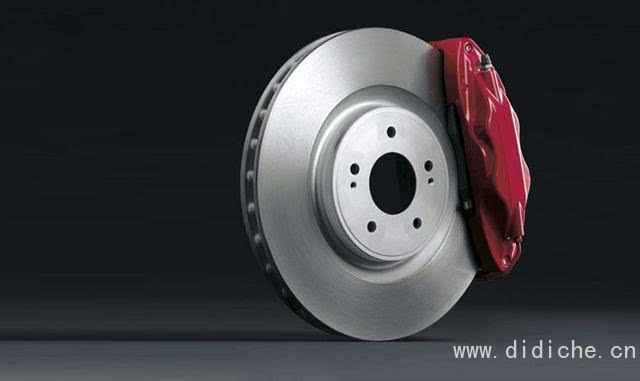
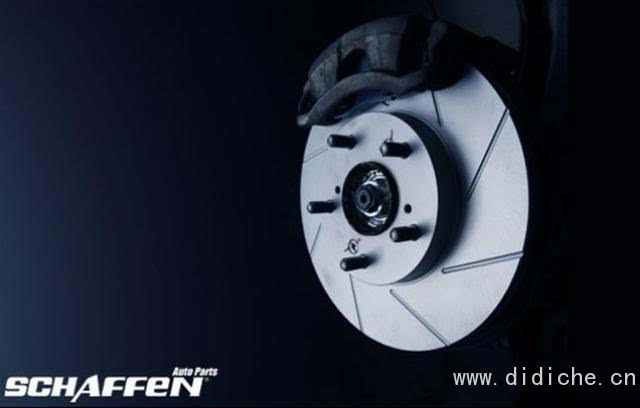
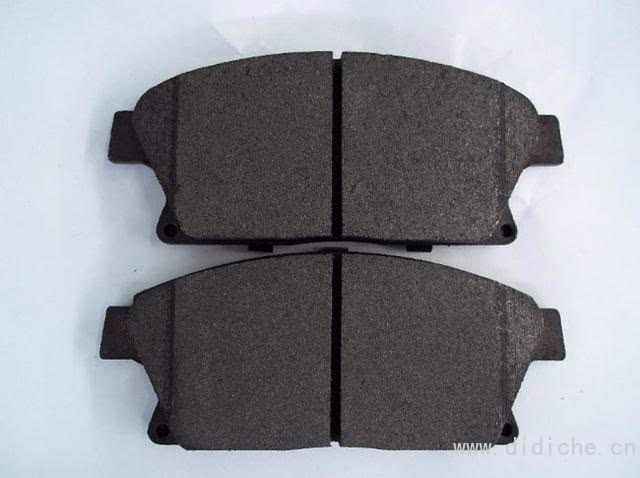
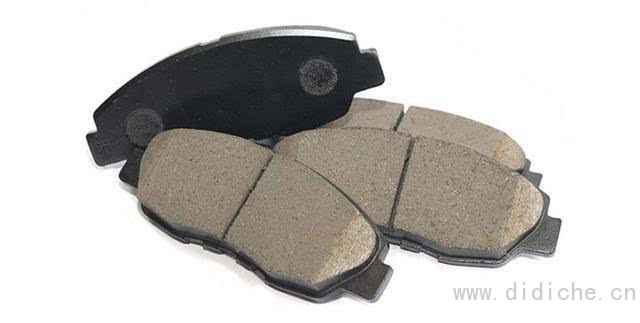
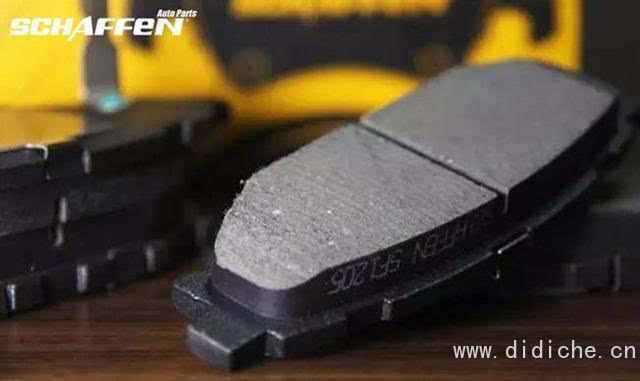





 Email:
Email: